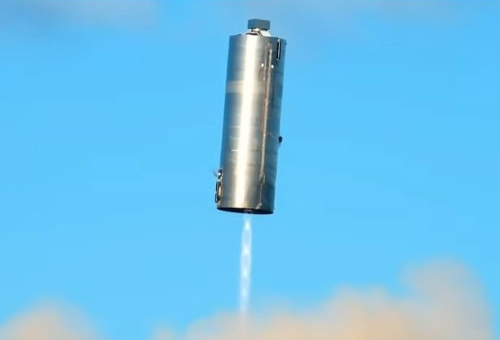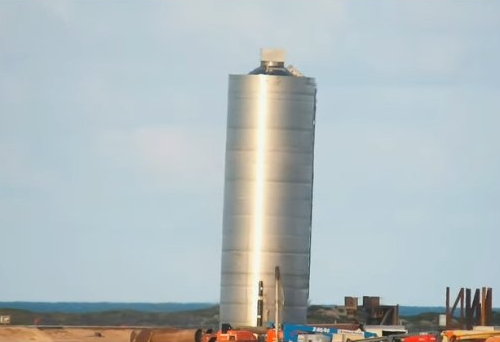Four American launches in the four days
UPDATE: Rocket Lab’s launch has been delayed to 11:05 pm (Eastern) August 28 due of weather.
Beginning tomorrow, the next four days will be very busy for the American space rocket industry, with three companies attempting to complete four different launches.
First comes Rocket Lab, which will attempt its first launch of its Electron rocket since its first operational launch failure on July 4. Launch is scheduled for 11:05 pm (Eastern) on August 26th.
Next ULA is scheduled to use its most powerful rocket, the Delta 4 Heavy, to put a National Reconnaissance Office surveillance satellite into orbit. Launch is set for 2:12 am (Eastern) on August 27th. This very expensive rocket (which costs three to four times that of a Falcon Heavy) has only four launches left before being permanently retired.
Then SpaceX will attempt two launches in quick succession. The first will launch at 7:19 pm (Eastern) on August 27th, putting up an Argentinian Earth observation radar satellite. On this launch the first stage is a new one, and will attempt the first landing at Cape Canaveral since March 2020.
SpaceX will then follow with its third Starlink launch this month and twelfth overall, scheduled for 10:30 am (Eastern) on August 29th out of its facility at Cape Canaveral, assuming the other launches at Kennedy go as planned.
Moreover, the startup smallsat rocket company Astra is also aiming to attempt its first test launch before the end of August. The date is not yet set.
Busy times for sure, but note that this is only the beginning. I expect by the end of the 2020s the launch schedule will get increasingly packed. Soon having three three launches per week will seem routine.
UPDATE: Rocket Lab’s launch has been delayed to 11:05 pm (Eastern) August 28 due of weather.
Beginning tomorrow, the next four days will be very busy for the American space rocket industry, with three companies attempting to complete four different launches.
First comes Rocket Lab, which will attempt its first launch of its Electron rocket since its first operational launch failure on July 4. Launch is scheduled for 11:05 pm (Eastern) on August 26th.
Next ULA is scheduled to use its most powerful rocket, the Delta 4 Heavy, to put a National Reconnaissance Office surveillance satellite into orbit. Launch is set for 2:12 am (Eastern) on August 27th. This very expensive rocket (which costs three to four times that of a Falcon Heavy) has only four launches left before being permanently retired.
Then SpaceX will attempt two launches in quick succession. The first will launch at 7:19 pm (Eastern) on August 27th, putting up an Argentinian Earth observation radar satellite. On this launch the first stage is a new one, and will attempt the first landing at Cape Canaveral since March 2020.
SpaceX will then follow with its third Starlink launch this month and twelfth overall, scheduled for 10:30 am (Eastern) on August 29th out of its facility at Cape Canaveral, assuming the other launches at Kennedy go as planned.
Moreover, the startup smallsat rocket company Astra is also aiming to attempt its first test launch before the end of August. The date is not yet set.
Busy times for sure, but note that this is only the beginning. I expect by the end of the 2020s the launch schedule will get increasingly packed. Soon having three three launches per week will seem routine.




